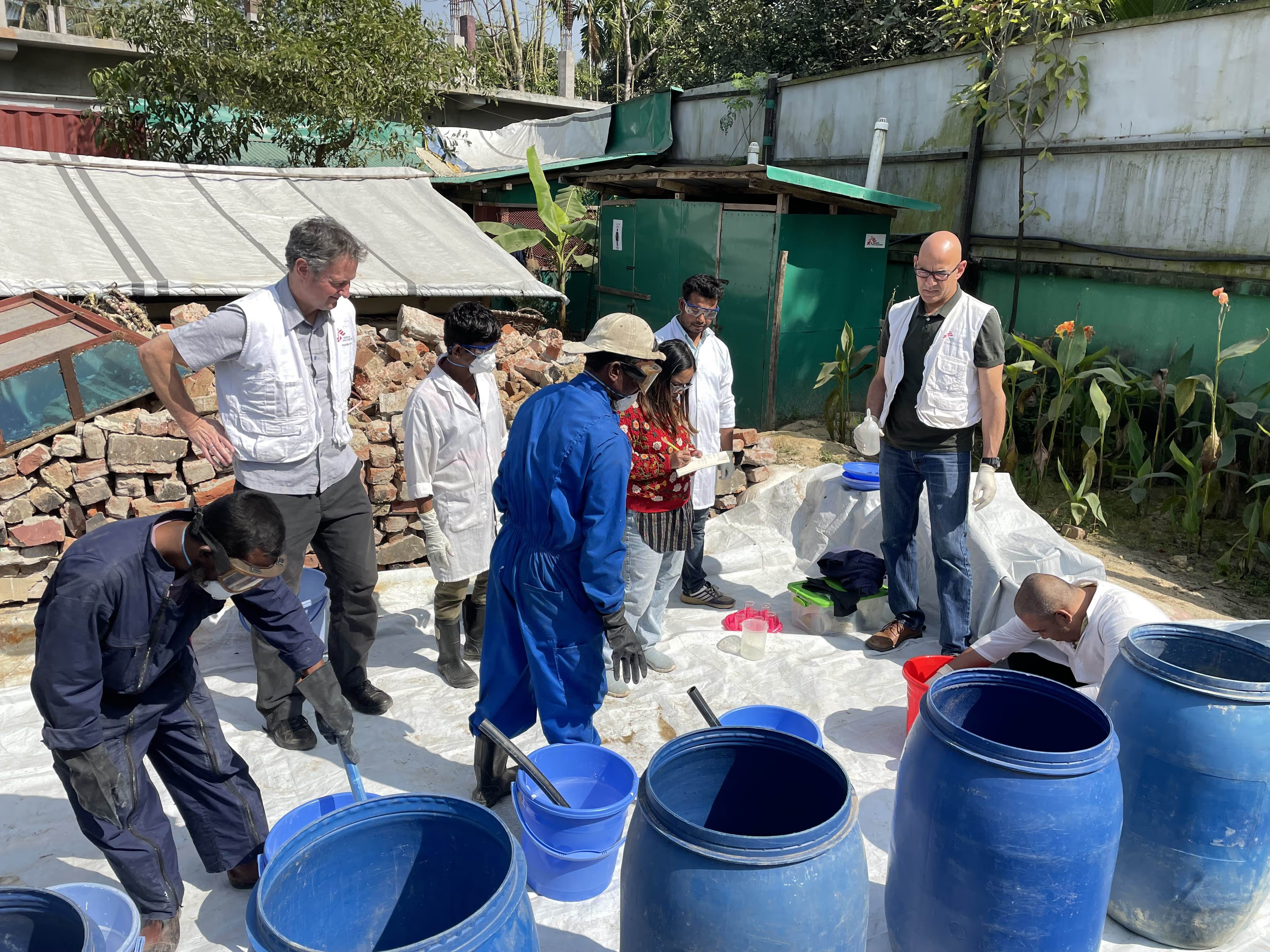Trialling Types of Tubes and Tyres

Sarah Sheldon- Programme Coordinator, Motivation Over the years Motivation has found wheelchair users in the places we work prefer pneumatic inner tubes to solid tyres. Although they can last a while, when they do begin to deteriorate, solid tyres wear down very quickly and can be difficult and expensive to replace, whereas most people are able to maintain pneumatic inner tubes quite cheaply either themselves or through bicycle repair shops. However, the requirements for emergency wheelchairs are different, as they will be used in settings like emergency camps where there will be no facilities for bike repairs, making pneumatic inner tubes difficult to maintain. There is another alternative to solid tyres and pneumatic inner tubes – solid inner tubes. Solid inner tubes are notoriously hard to put on the wheel rim which can also make them difficult for a wheelchair user to maintain. However in this situation they will be fitted in the factory, and as they are temporary use wheelchairs they should remain functional for the period of use. We will also be trialling a pneumatic tyre with a thicker wall profile than usual to see if it might also withstand emergency conditions.

Discussing inner tubes Once we have a final decision on the tyre and inner tube type, we will be able to finalise the brake design – the amount of give in a tyre affects the type of brake being used, as not all brake designs work with solid tyres and tubes.
Stay updated
Sign up for our newsletter to receive regular updates on resources, news, and insights like this. Don’t miss out on important information that can help you stay informed and engaged.
Related articles



Explore Elrha
Learn more about our mission, the organisations we support, and the resources we provide to drive research and innovation in humanitarian response.